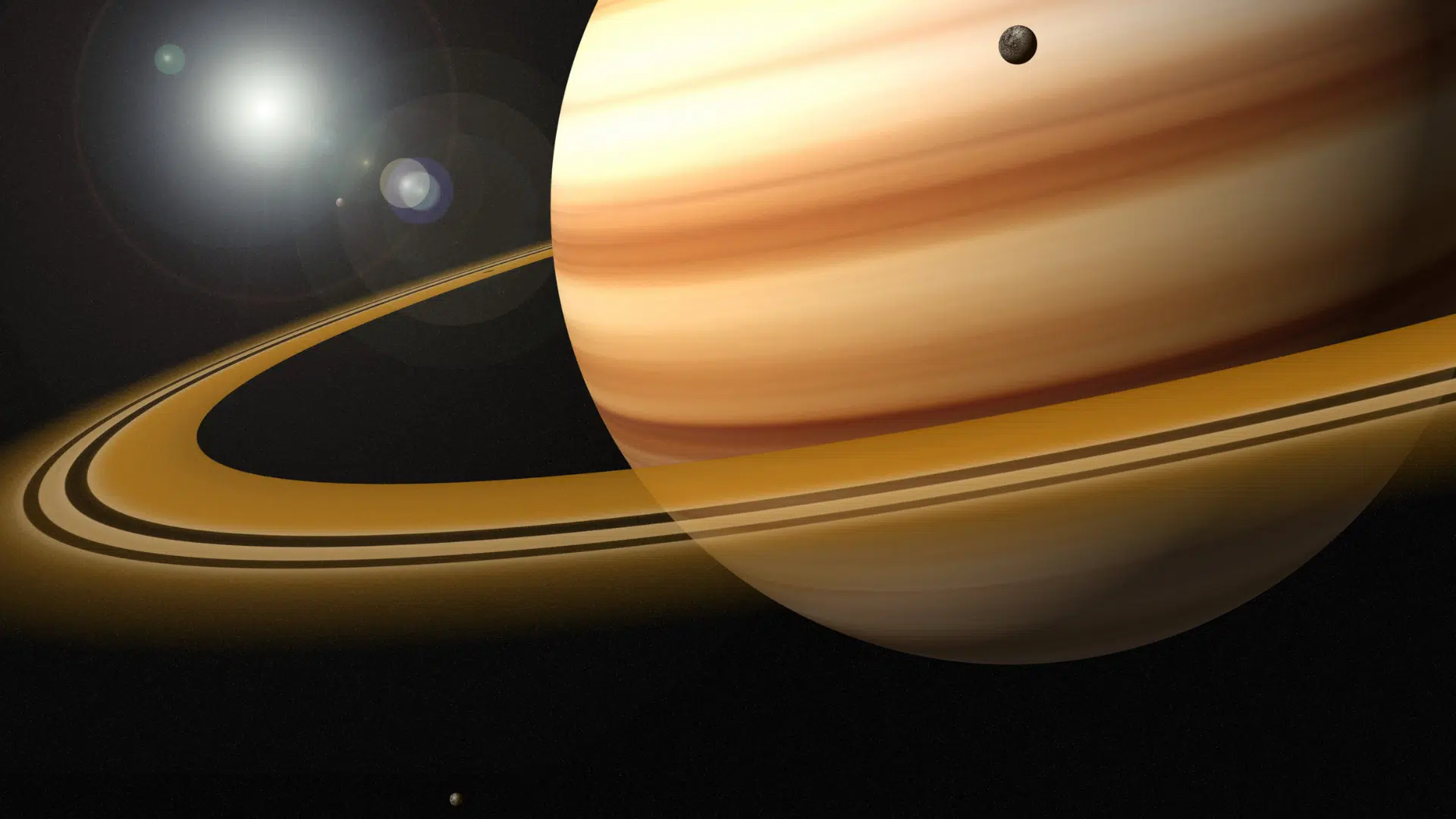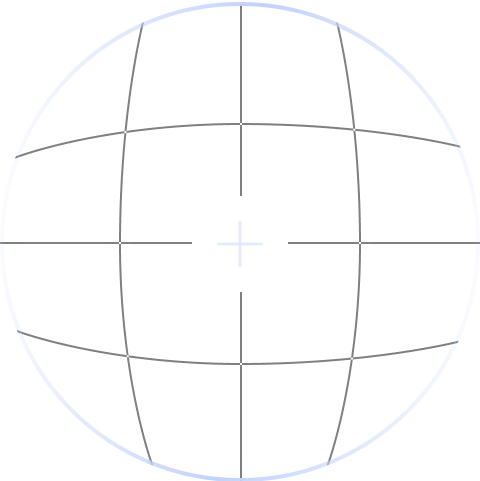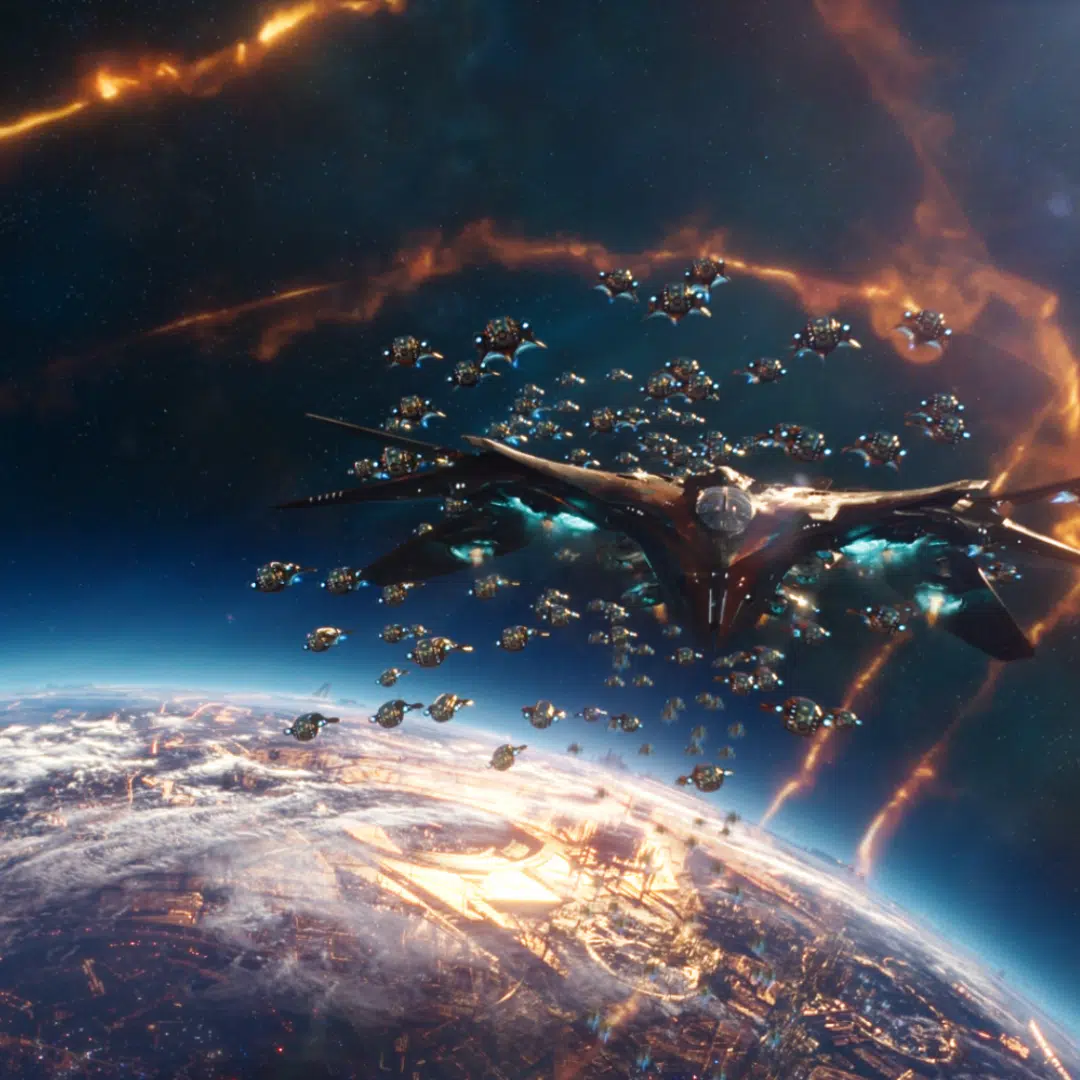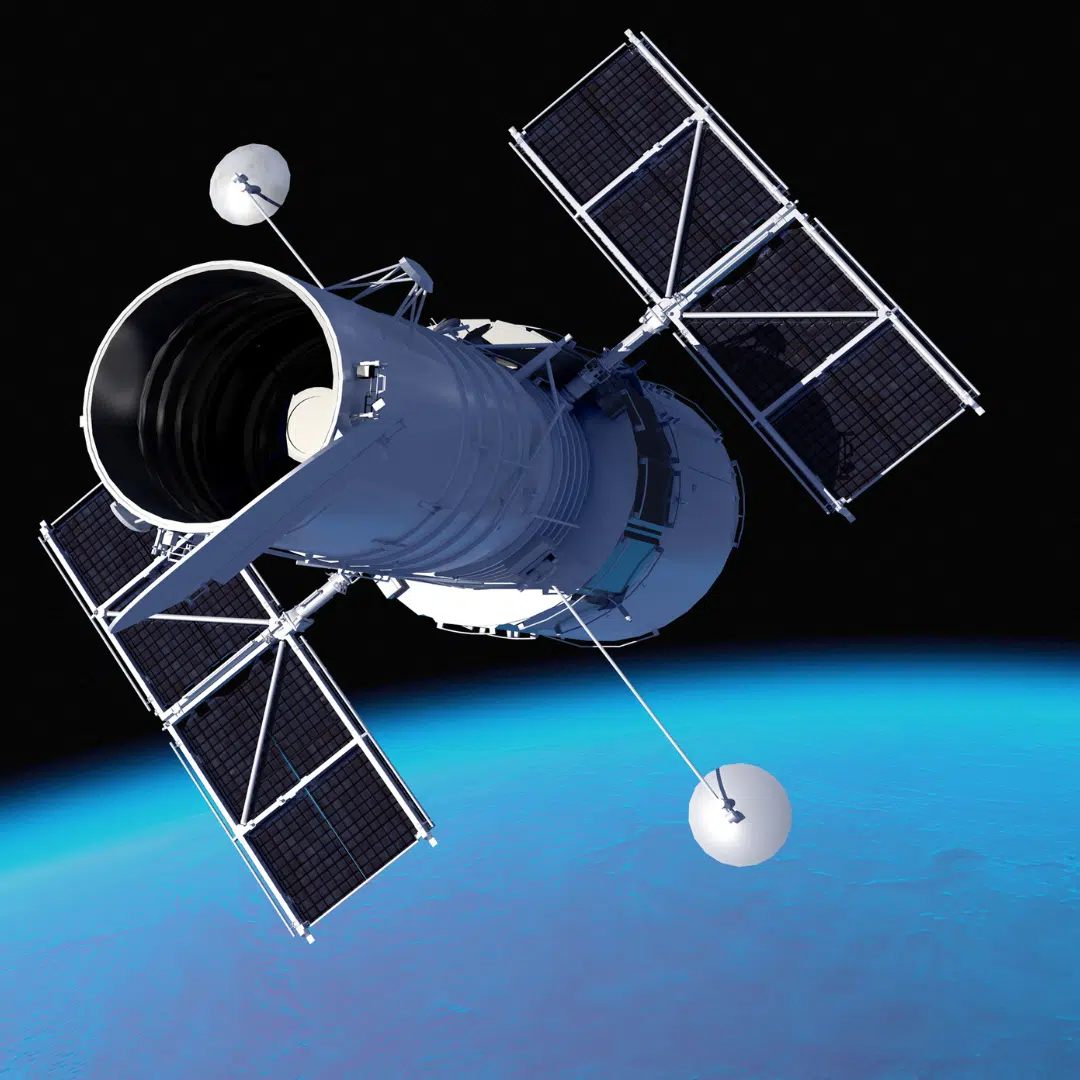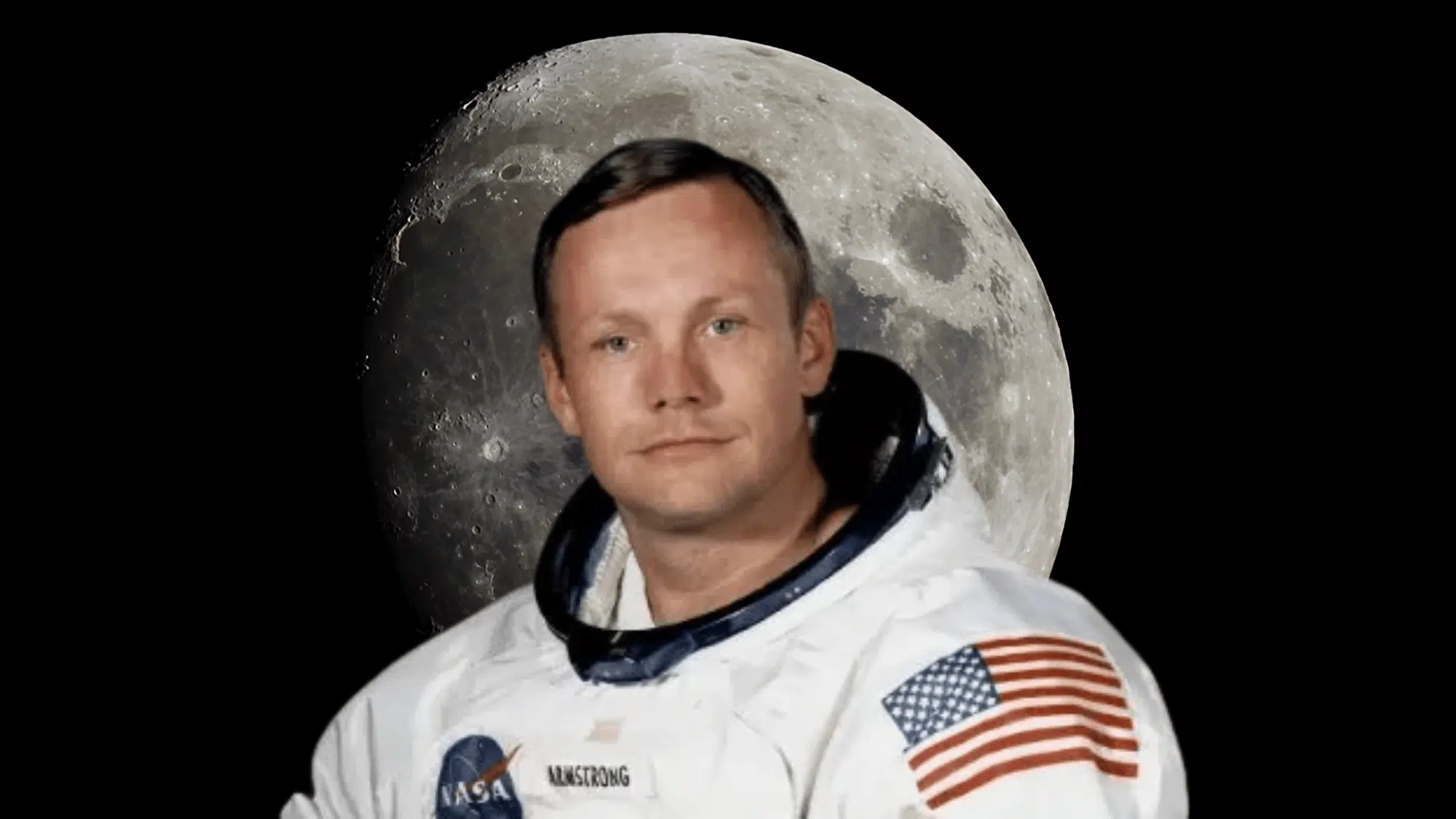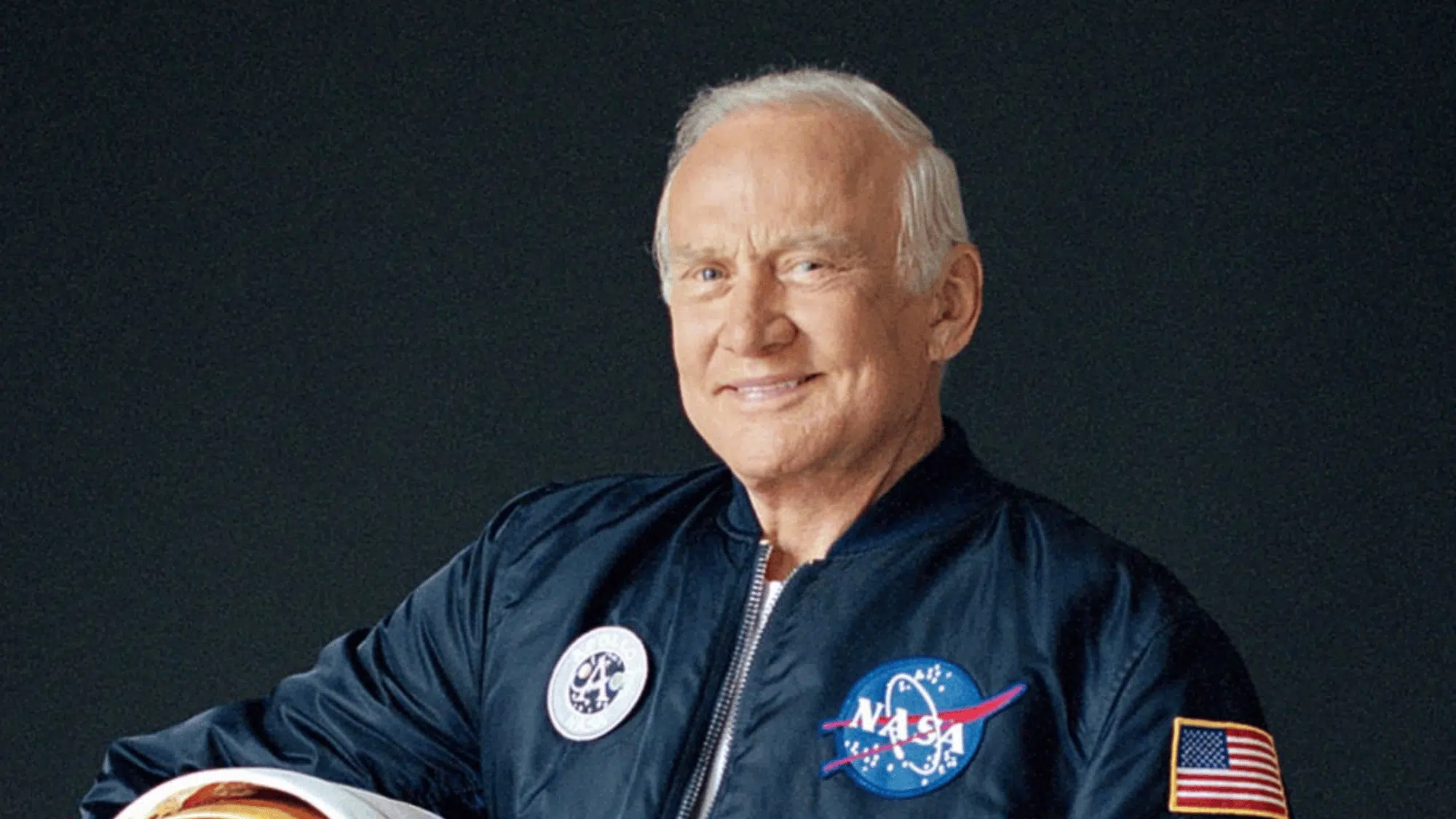Saturn is one of the most eye-catching planets in the solar system. It stands out because of its bright rings and giant size.
Many people, young and old, find it exciting to learn about. The planet has been studied for hundreds of years, and it still sparks curiosity today.
Teachers often share facts about Saturn in classrooms, and space lovers enjoy reading about it in books or online.
Kids may like the fun details, while adults often enjoy the bigger picture of how it fits into space.
Simple facts can make this distant planet feel closer and easier to understand. This blog brings together a list of interesting points that are easy to read and remember. It’s a chance to see Saturn in a new way.
Interesting Facts About Saturn
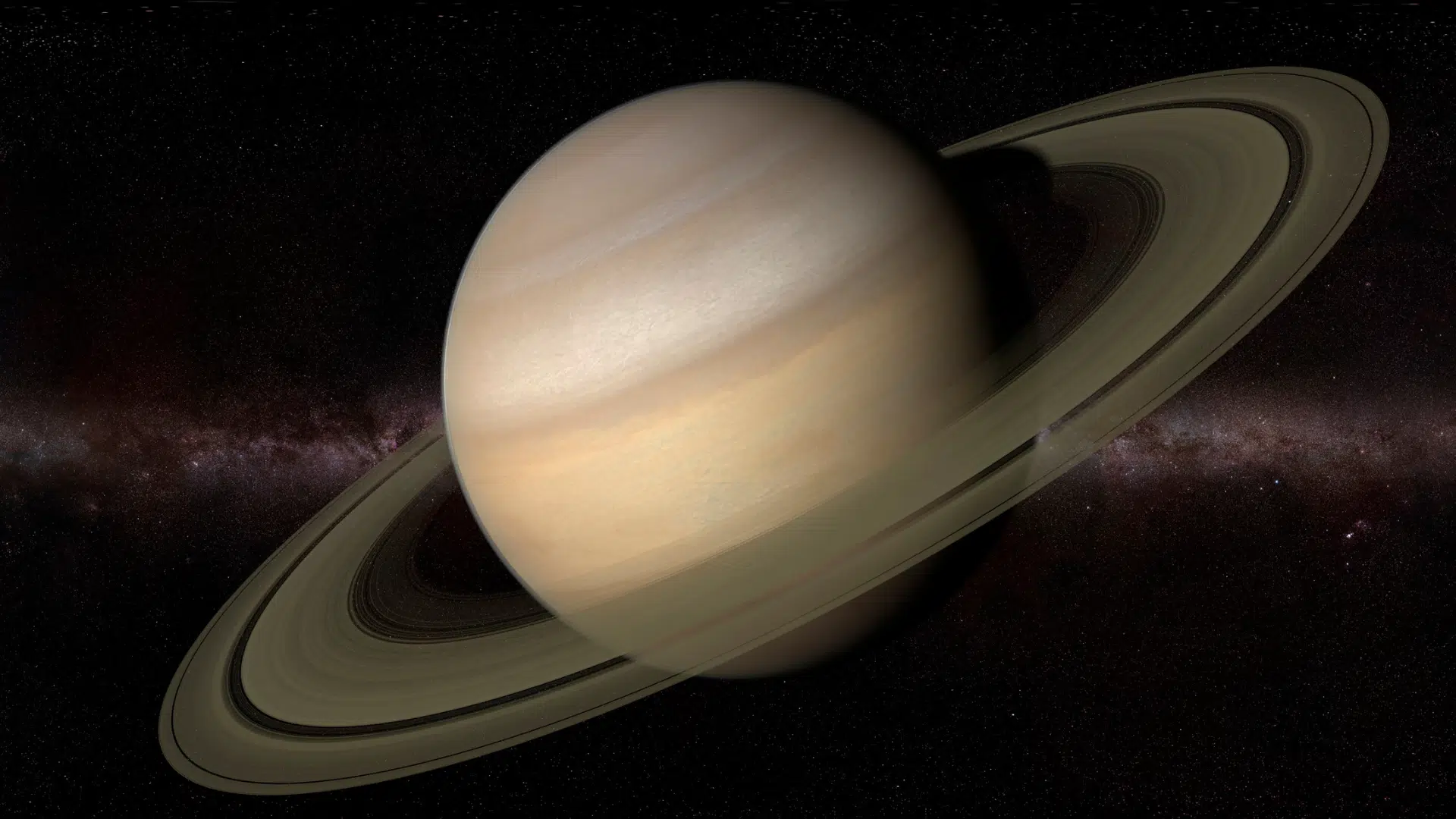

Saturn is one of the most amazing planets in the solar system. Known as the “ringed planet,” it is full of fascinating features that make it stand out.
Fact 1: Saturn is the Sixth Planet from the Sun
Saturn is the sixth planet from the Sun. Starting from Mercury, then Venus, Earth, Mars, and Jupiter, Saturn comes next. Because of this distance, the planet is very cold compared to Earth.
A year on Saturn lasts much longer, since it takes almost 29 Earth years for Saturn to travel around the Sun once.
That means if someone were born on Saturn, they would have to wait three decades just to celebrate their first birthday! This shows how far Saturn really is from the Sun.
Fact 2: Saturn is a Gas Giant
Planet Saturn is not solid like Earth. Instead, it is a gas giant made mostly of hydrogen and helium. There is no firm ground to stand on. If someone tried to land there, they would sink into layers of gas.
Gas giants like Saturn and Jupiter are very different from rocky planets such as Earth and Mars. They have deep, thick atmospheres and no solid land.
This is why they are often called the “giant planets.” Saturn is one of the best examples of this type.
Fact 3: Saturn is the Second-Largest Planet
Saturn is the second-largest planet in the solar system, after Jupiter. It is so large that more than 700 Earths could fit inside it.
Its massive size makes it stand out in the night sky. Saturn’s wide shape can be seen through a telescope, and it appears slightly flattened at the poles because it spins so fast.
Its size also gives it a strong pull of gravity, which helps it keep dozens of moons in orbit.
Fact 4: Saturn’s Rings are Wide and Bright
The rings of Saturn are one of the most famous features in space. They are made up of countless bits of ice, rocks, and dust.
Even though they spread thousands of miles across, they are very thin, sometimes only a few hundred meters thick.
Scientists think the rings may have formed from broken moons or comets that were torn apart by Saturn’s gravity.
With even a small telescope, people on Earth can see the rings, making Saturn one of the most beautiful sights in the night sky.
Fact 5: Saturn Has Many Moons
Saturn is home to more than 80 known moons. These moons come in many shapes and sizes. Some are small like space rocks, while others are nearly as large as planets.
The variety of moons makes Saturn very interesting. Some moons are icy, some are rocky, and some may even have oceans beneath their surfaces.
Together, they form a family of worlds around Saturn, making the planet like a small solar system of its own.
Fact 6: Titan is Bigger than Mercury
Titan, Saturn’s largest moon, is even bigger than the planet Mercury. It has thick clouds and lakes filled with liquid methane and ethane.
Titan is one of the most studied moons in the solar system because it has an atmosphere and surface features similar to Earth’s.
Scientists believe Titan may hold clues about how planets form or even about the possibility of life. For kids, Titan feels like a whole planet waiting to be explored.
Fact 7: Saturn Has Strong Winds
Winds on Saturn are far stronger than winds on Earth. In some places, they can blow over 1,000 miles per hour. That is faster than the speed of sound.
These strong winds shape Saturn’s clouds into colorful stripes and bands.
Storm systems and wind patterns give Saturn its striking appearance when viewed through telescopes or captured in space photos.
Fact 8: Saturn is Light for Its Size
Even though Saturn is very large, it is not very heavy for its size. This is because it is made mostly of gases like hydrogen.
If there were a giant ocean big enough, Saturn would actually float in it. That is something no rocky planet could do. This fact shows how unique gas giants are compared to other planets in the solar system.
Fact 9: Saturn Has Seasons
Like Earth, Saturn tilts on its axis. This tilt causes seasons, though they are much longer than those on Earth.
Each Saturn season lasts more than seven years. A full cycle of four seasons takes about 29 Earth years, since that is how long Saturn takes to orbit the Sun.
These long seasons make studying Saturn’s weather a slow process, but it also makes the planet very fascinating.
Fact 10: Saturn Has a Hexagon at Its North Pole
One of the most unusual features of Saturn is the giant hexagon at its north pole. It is a huge cloud pattern shaped like a six-sided figure.
Scientists think this strange shape is caused by jet streams and fast-moving winds. The hexagon is so large that Earth could easily fit inside it.
It has been seen for decades and is still one of the biggest mysteries of the planet.
Fact 11: Saturn Has Many Storms
Storms on Saturn can be massive and long-lasting. Some storms last for months or even years.
The most famous one is called the “Great White Spot.” This storm appears about once every 30 Earth years and can grow to cover a huge part of the planet.
Storms like these show how powerful Saturn’s atmosphere really is.
Fact 12: Saturn’s Day is Very Short
While Saturn takes a long time to orbit the Sun, its days are very short. One day on Saturn lasts only about 10.7 hours.
This is because Saturn spins very quickly on its axis. The fast spin also makes the planet appear a little flat at the poles and wider around the middle, giving it a unique shape.
Fact 13: Saturn Has Been Visited by Spacecraft
Saturn is too far away for humans to visit, but spacecraft have reached it. The most famous mission was the Cassini spacecraft, which orbited Saturn for more than 13 years.
Cassini sent back thousands of pictures and data. It showed scientists what Saturn’s rings look like up close, what its moons are made of, and how its atmosphere changes.
Cassini ended its mission in 2017 by diving into Saturn, but its discoveries are still studied today.
Fact 14: Saturn Can Be Seen Without a Telescope
Even though Saturn is far away, it can be seen with the naked eye on clear nights. It looks like a bright, steady light in the sky, different from the twinkling of stars.
With even a small telescope, Saturn’s rings and shape become visible. This makes Saturn one of the most rewarding planets for people who enjoy stargazing.
It is often the first planet kids see through a telescope, sparking a love of space.
Tips for Seeing Saturn from Earth
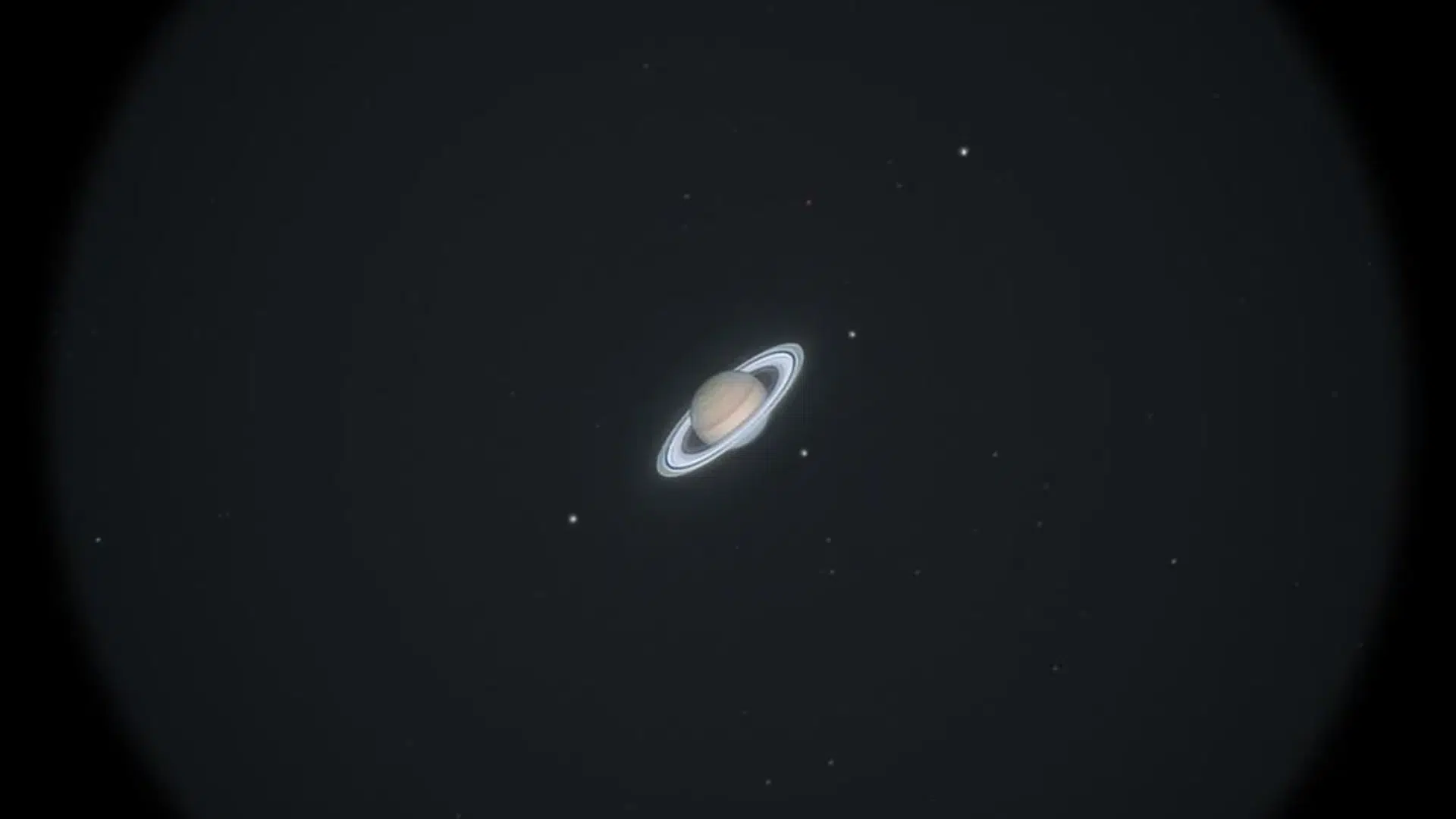

Image Source: Reddit
Saturn is one of the easiest planets to find in the night sky. It shines bright enough to be seen without special tools, and with a telescope, its famous rings become clear. Kids and adults alike can enjoy spotting Saturn from their own backyard.
- Look for steady light: Saturn shines like a bright star, but unlike stars, it does not twinkle.
- Check the best time of year: Saturn is easiest to see during “opposition,” which happens once a year when it shines brightest.
- Use a small telescope: Even a simple telescope can show Saturn’s oval shape and glowing rings.
- Try binoculars: They won’t show the rings clearly, but Saturn will look like a small disk instead of a dot.
- Find a dark sky: Go outside city lights for the best view. A clear night sky makes Saturn stand out more.
- Be patient: Let your eyes adjust to the darkness for a few minutes, and Saturn will look brighter.
To Conclude
Saturn is more than a planet with rings. It is a giant world filled with winds faster than sound, storms that last for years, and moons that feel like small planets of their own.
From Titan’s thick atmosphere to the mystery of the Great White Spot, each part of Saturn has a story.
The rings may be thin, but they shine across space and make Saturn one of the most beautiful sights in the sky.
Even though spacecraft like Cassini taught us so much, questions about Saturn remain. This mix of knowledge and mystery is what makes it so exciting.
Take time to learn more, share these Saturn facts, and when the sky is clear, look up and try to spot Saturn yourself.



